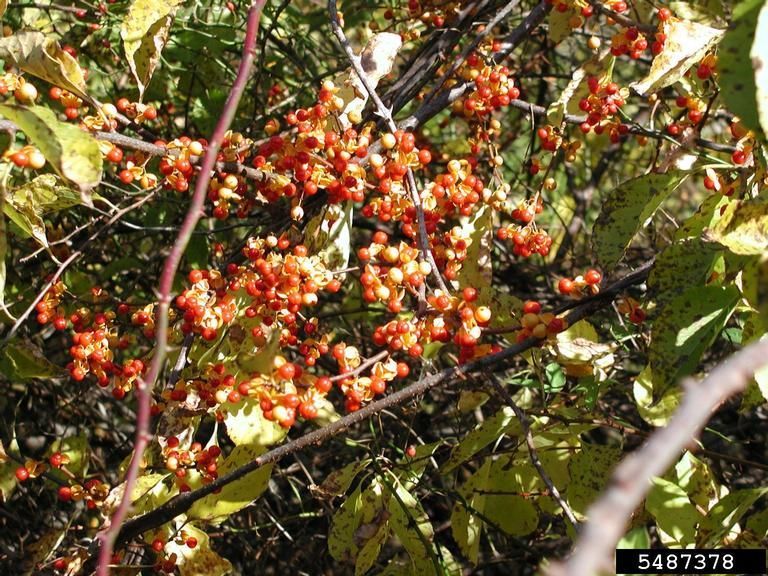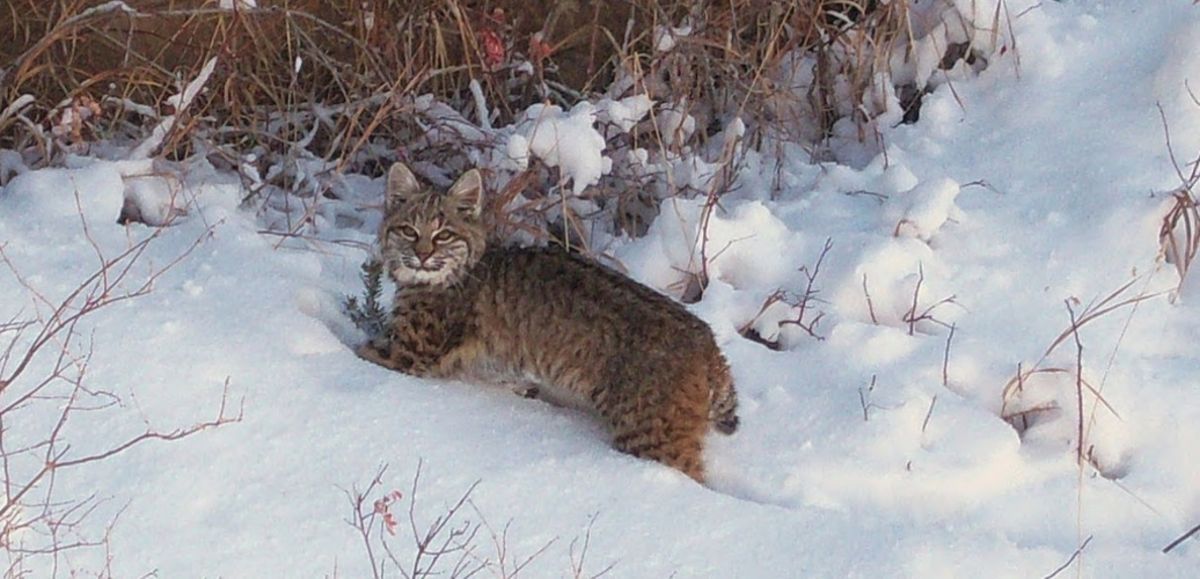September NRC Meeting Recap
The Michigan Natural Resources Commission (NRC) gathered input from the Department of Natural Resources (DNR) and the public regarding changes to a few fishing regulations last week.
The NRC met virtually on Thursday for consideration of a fisheries-heavy agenda . The Michigan DNR hosted the meeting, and a recording can be viewed on this online platform .
Carol Rose took over as chair of the NRC during this meeting after her appointment was confirmed in August.
MUCC Executive Director Amy Trotter noted that it will continue for stakeholders to weigh in on rules impacting the bodies of water where they recreate.
“These proposed regulation changes impact a number of lakes, rivers and streams around Michigan and are intended to assist the DNR in meeting management goals,” Trotter said. “ MUCC staff members work hard to advocate on behalf of member-passed resolutions to ensure that anglers are well represented in this process.”
Members of the NRC heard from fisheries staff on the proposed orders and received an update on the status of the Great Lakes Consent Decree process . Further, DNR wildlife division staff offered a briefing on a second round of deer hunting regulations this year. These deer hunting regulations will likely be up for new business in November and action in December for implementation during the 2021 deer hunting season.
New Business
Members of the NRC considered three new fisheries orders this month, including new rules on herptile collection, possession limits and spawning rules.
Commissioners first considered an order which would protect two species of salamander and one species of frog from public collection. These two species are thought to have limited populations in the state, although very little is known about them. DNR staff recommended additional protections for these species until more is known about their population dynamics.
NRC members then considered an order intended to protect spawning walleye in the Saginaw Bay watershed. This rule would change the tackle regulations to allow anglers to take advantage of fish species that are in season, while also protecting spawning walleye.
Further, members of the NRC gathered input on a rule to clarify possession limits for fish . This specific order deals with certain definitions regarding fish caught using illegal methods, namely snagging.
These items will appear on the October NRC agenda for a formal decision.
DNR Director Dan Eichinger also considered four new land transactions this month, including property acquisitions in Clare, Branch and Oakland counties. More detailed information on these decisions can be found on the NRC agenda .
Old Business
The NRC resumed business on four fisheries orders at this meeting dealing with topics ranging from fishing seasons and stream designations to hook size and gear restrictions. These orders were first introduced at the August meeting of the NRC.
The first order on the agenda dealt with the legal size of fishing hooks on the Bear River in Emmet County. Based on robust angler feedback, the special hook size restriction zone was deemed confusing. The order under consideration added common landmarks to more clearly denote the areas in question and would clarify rules from the footbridge north of Lake Street upstream to Lake Street Dam (T34N, R5W, S6). Similar orders were already in place in Allegan, Benzie, Berrien, Charlevoix and Van Buren counties. This order passed unanimously.
The second fisheries order altered the designations of certain trout streams , which changed the regulation classifications of these bodies of water. DNR Fisheries Division recommended adding Carter Creek in Roscommon County and removing Wright Creek in Oscoda County from the order. This order passed unanimously.
The third fisheries order on the agenda intended to alter spearfishing regulations on North Manistique (Round) Lake in Luce County. This order opens the lake to spearfishing through the ice for northern pike and muskellunge. This order was passed unanimously.
A fourth fisheries order dealt with spawning closures on the Betsie River Homestead Dam area in Benzie County, as well as the Torch River in Antrim and Kalkaska counties and the Douglas Lake pike marsh in Cheboygan County. In this order, NRC considered measures to close portions of the Betsie and Torch rivers to fishing during spawning runs to reduce potential harms to those fisheries. A few members of the public spoke on their opposition to the spawning closure on the Homestead dam moving from 100 feet to 300 feet from the dam. This order also removes the current restrictions on the Douglas Lake pike marsh, to “get rid of an unnecessary regulation,” as noted in the memo . This order also passed unanimously.
Lastly, the DNR Director considered an administrative rule regarding state-licensed commercial fishers , but decided to delay action on this order pending commercial fishing regulation reform legislation . This order has traditionally been used to address issues impacting management of the state-licensed commercial fishery for the protection, preservation, maintenance and harvesting of the fish. The legislation in question is currently in the state Senate Natural Resources Committee.
Since 1937, MUCC has united citizens to conserve, protect and enhance Michigan’s natural resources and outdoor heritage – and we do so from Lansing to Washington D.C. Please join us today: http://bit.ly/JoinMUCC
The post September NRC Meeting Recap appeared first on Michigan United Conservation Clubs.



